By Colin Randall, Archivist, Naval Historical Society of Australia
The following notes and images provide a pictorial history of the Defence site established on Sydney’s South Head in 1877. Now known as HMAS Watson the site is located above Camp Cove. The notes were prepared after a research request for more information on the history of Cliff House. Cliff House, located in the heritage precinct of HMAS Watson is today the residence of the Commander Australian Fleet.
The Commonwealth Register of the National Estate records that the first European landing near South Head occurred in 1788, and that a signal station was erected by 1791 and that Macquarie Lighthouse began operating in 1818 and that its early superintendent was Robert Watson1, after whom Watsons Bay became known.
The need for defensive measures in the area was realised in 1839 when the first guns were installed. Gun emplacements and forts developed as the government road towards South Head was built in the 1850s and there were fears of Russian and French attacks.
In 1876 these tensions prompted the NSW Government to review NSW’s coastal defences. Following a review by Sir William Jervois and Lt Col Peter Scratchley in 1877 the batteries on Middle Head, Georges Head and South Head were reorganised and the development of new works on Green Point commenced. The strategically located South Head was considered a vital component of the plan and formed the outer line of defence. Their recommendations concerning the construction of barracks at South Head were also adopted with Cliff Cottage and the Artillery Barracks built adjacent the road leading to the tip of the headland. The building program was conducted under James Barnet, the NSW Colonial Architect, who played a major role in the colony’s architectural history.
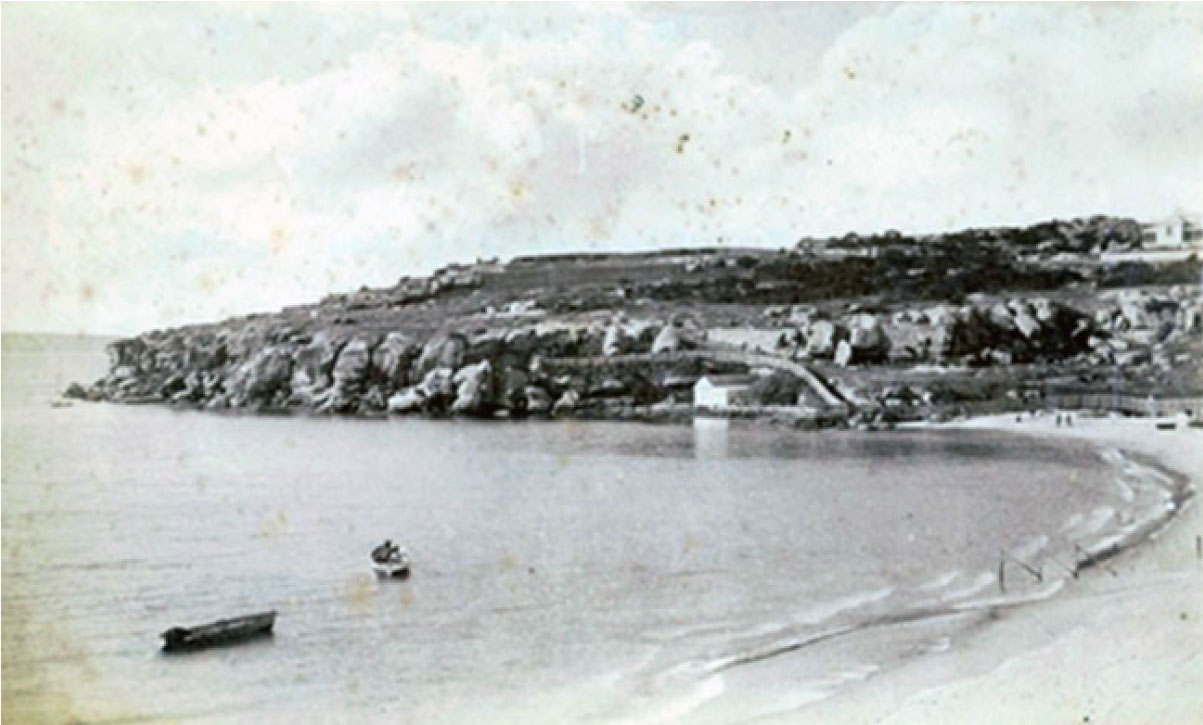
1 Robert Watson (1756-1819) of Northumberland, England, arrived with the First Fleet as quartermaster of the flagship, HMS Sirius. Watson continued to serve in Sirius until she was wrecked on Norfolk Island in 1790. He returned to sea in 1793 in the schooner Francis until she too was wrecked in 1805 near Newcastle. In 1801, Governor Philip King had granted Watson land at South Head in Sydney and, upon Francis’ loss, he settled there, later becoming boatswain, senior pilot and harbourmaster of the colony.
Cliff House was constructed in 1876. It is one of the four buildings surviving from this time. The residence was originally erected as a mess for single officers, but by about 1881 it had been reallocated and was probably reserved as accommodation for the Commanding Officer. Various outbuildings were erected in the 1880s-90s, but were demolished between 1931 and 1941.
The South Head defence facilities were transferred to the Commonwealth in 1903. The barracks and forts were mobilised during the First World War. Following this there was little activity until the early 1930s. In 1940 the Royal Australian Navy took over much of the land and many of the buildings and HMAS Watson was established. The army remained at South Head until the 1970s by which time most of its units had been transferred elsewhere.
The army retained some buildings, including Cliff House which in the early 1980s accommodated the General Officer Commanding Training Command and his family.
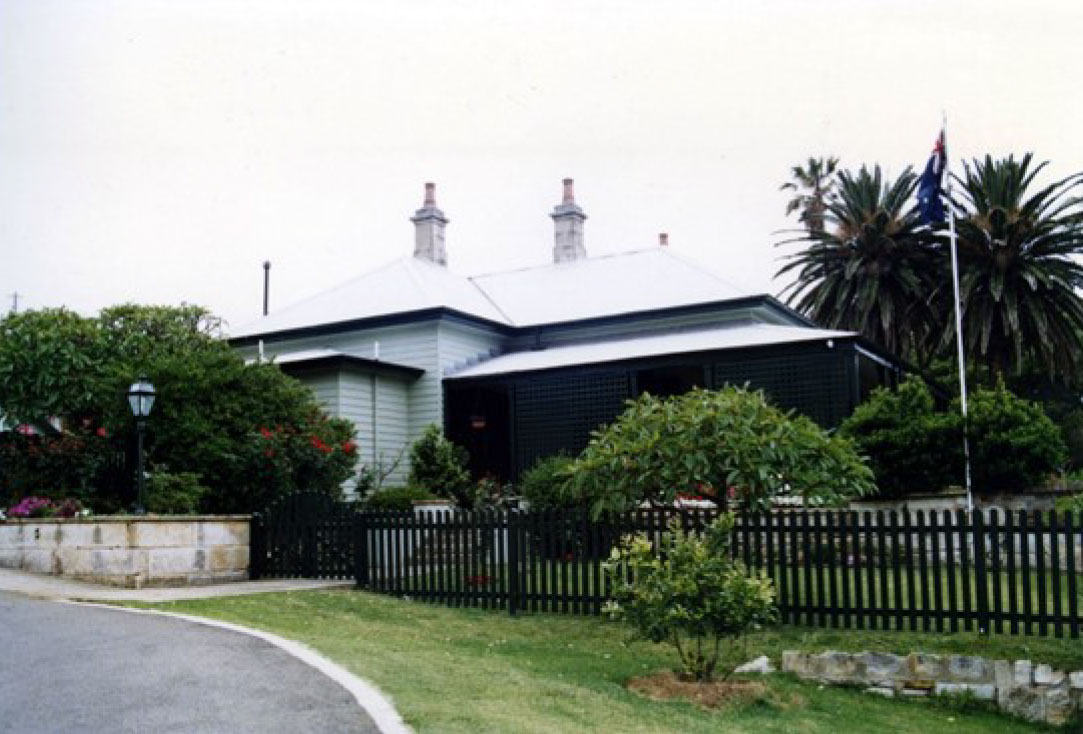
Early Artillery Images
The following images are provided as a record of Artillery Garrison and Gunnery School activities conducted on South Head between 1870 and 1910.
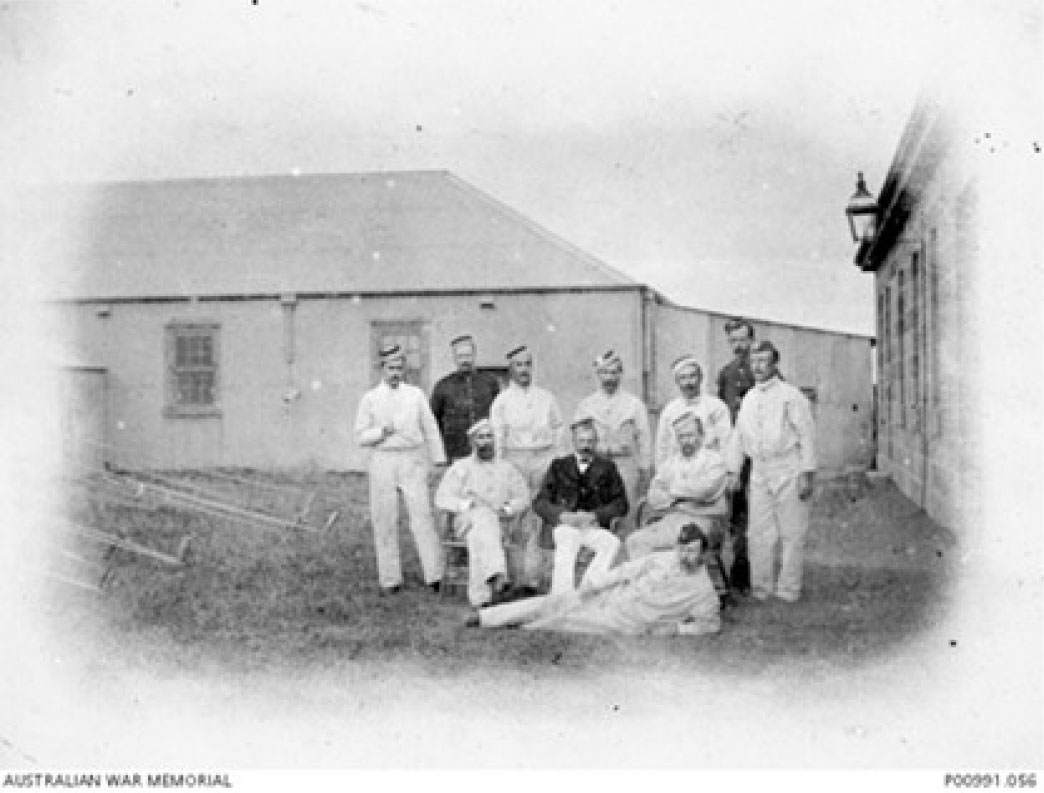
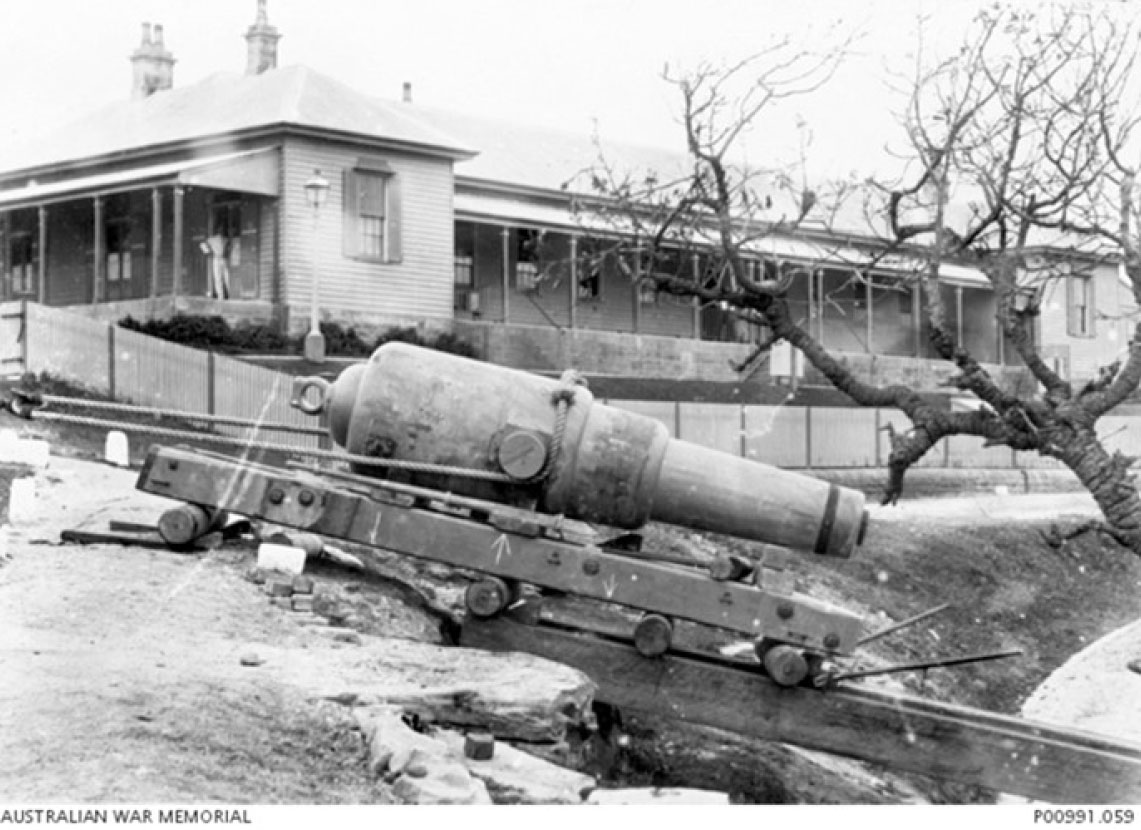
Images of NSW School of Gunnery Courses
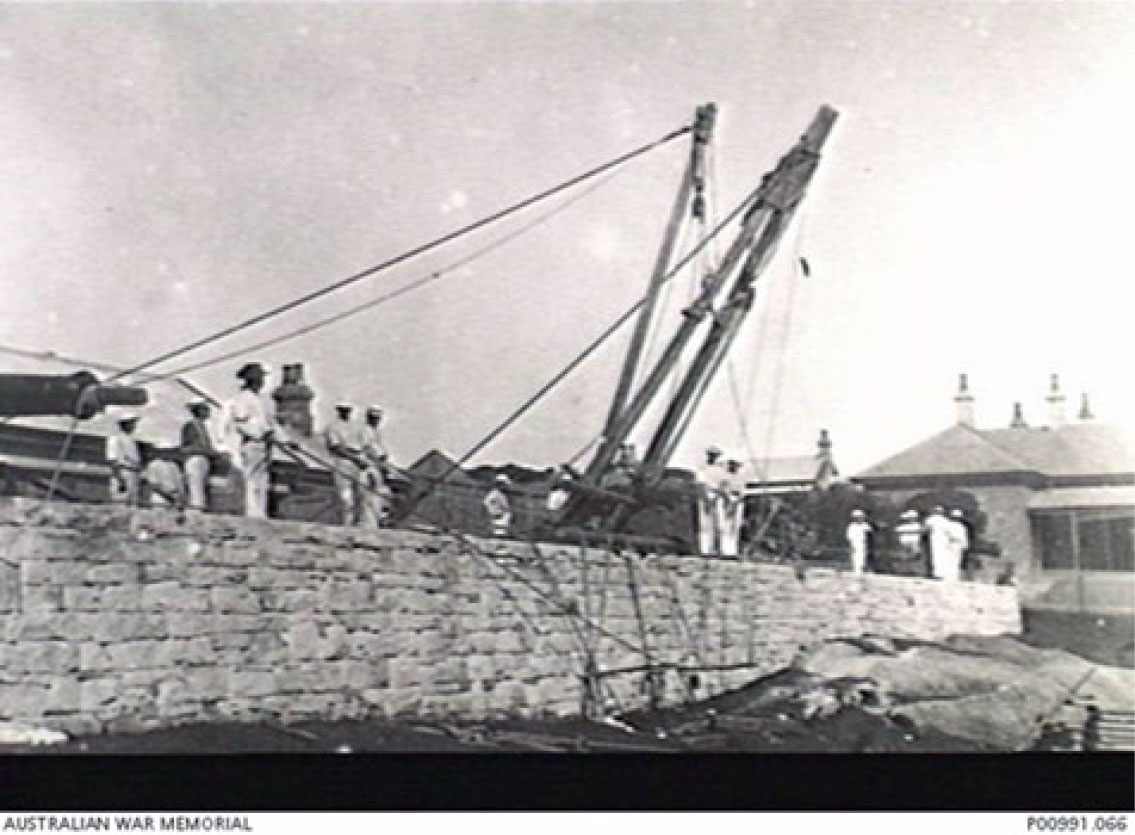
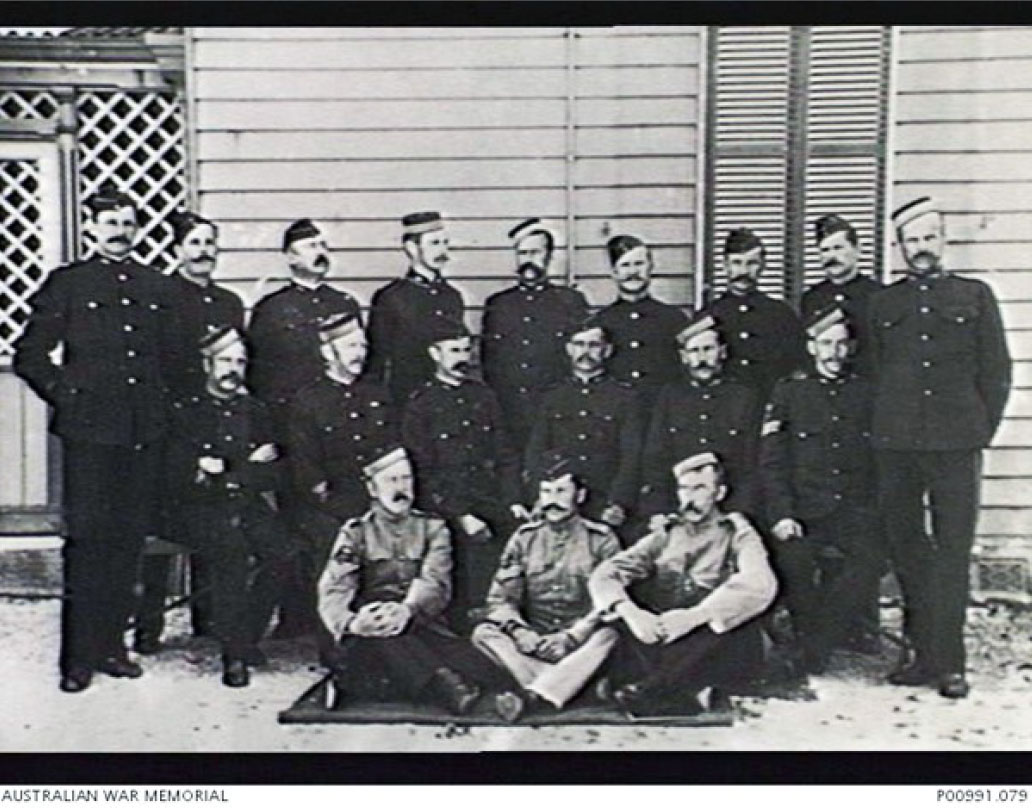
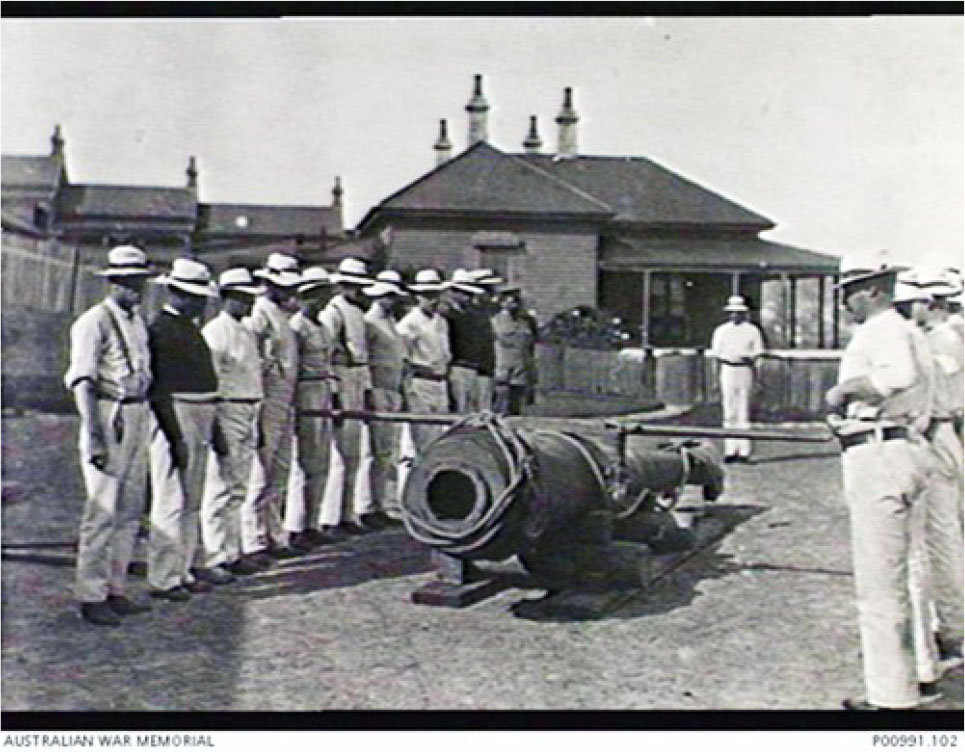
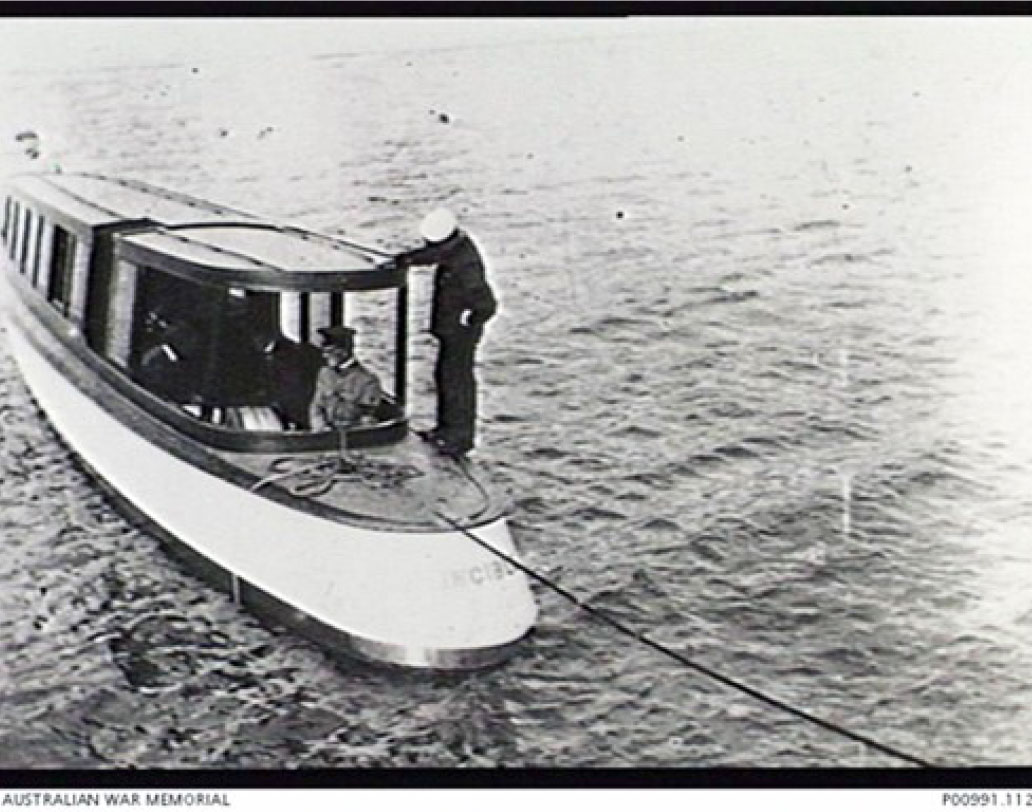
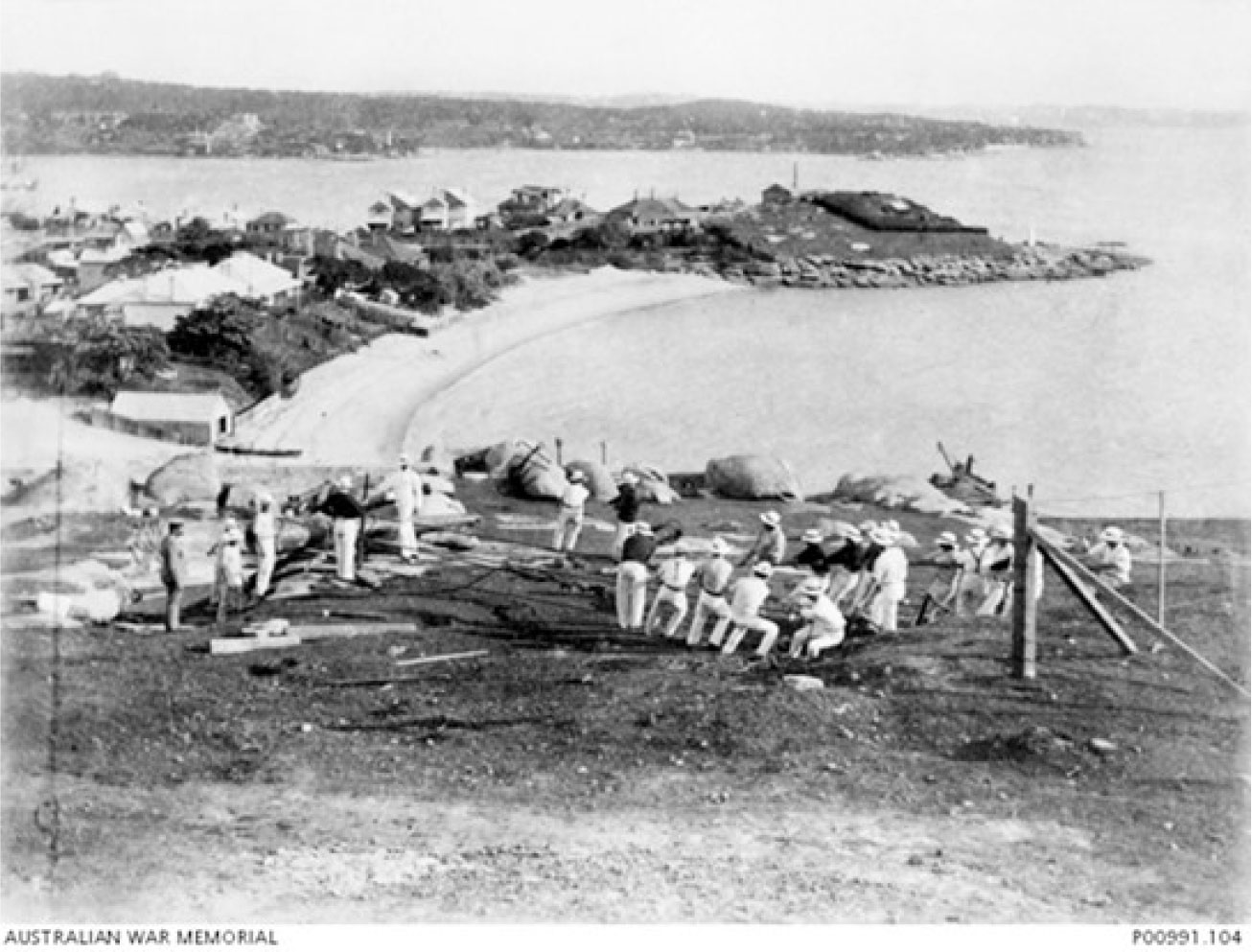
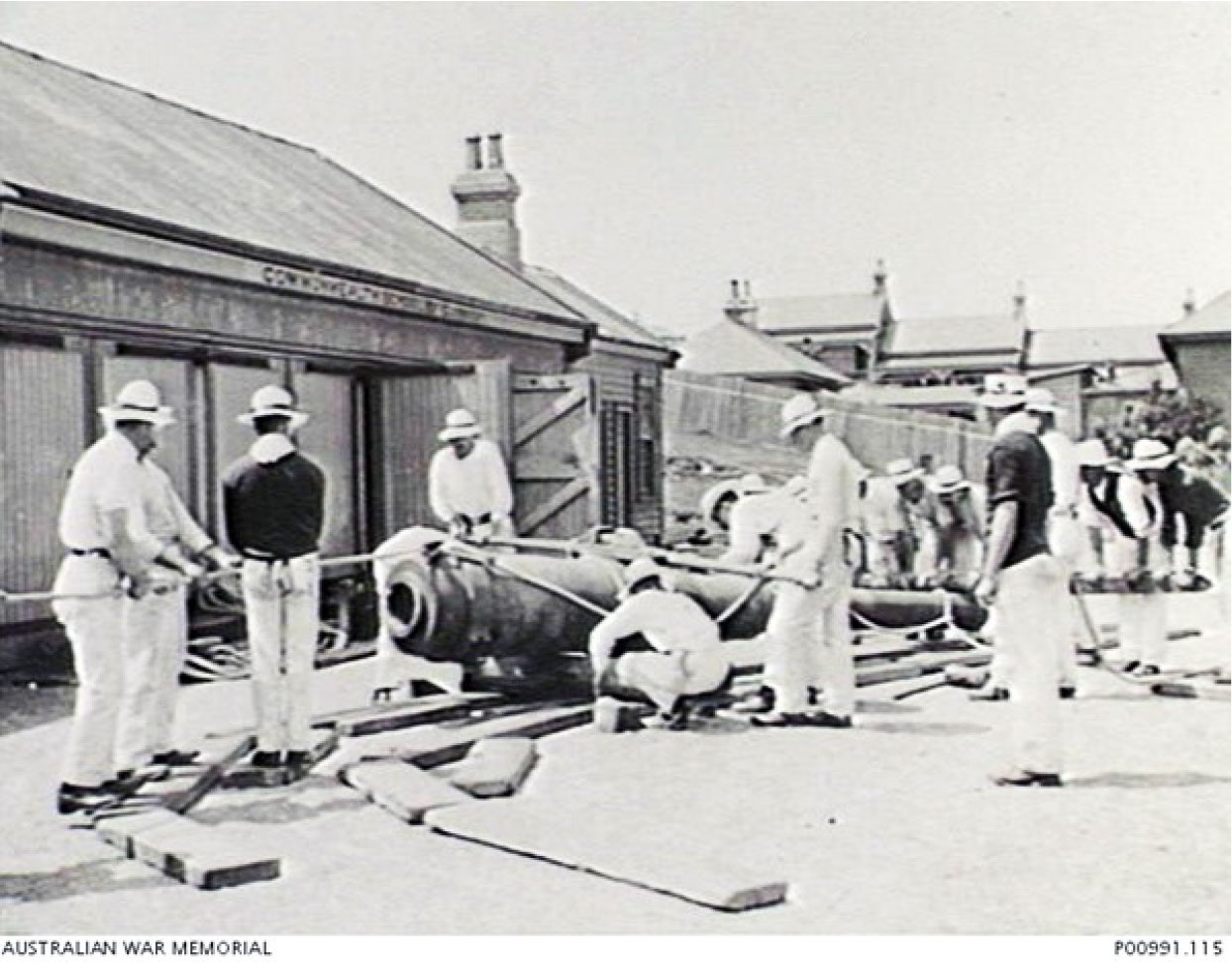
References:
Stage 1 Conservation Management Plan, South Head Sydney Harbour National Park, Volume 1 – Assessment of Significance Report No. 07046, Page 57. View PDF
The Heritage Homes of the Australian Defence Force, Defence Housing Authority. View PDF
Australian Government, Department of Agriculture Water and the Environment, Australian Heritage Database. View at environment.gov.au




